On Location: Boipeba Island, Bahia
Paradise-found following an arduous journey.
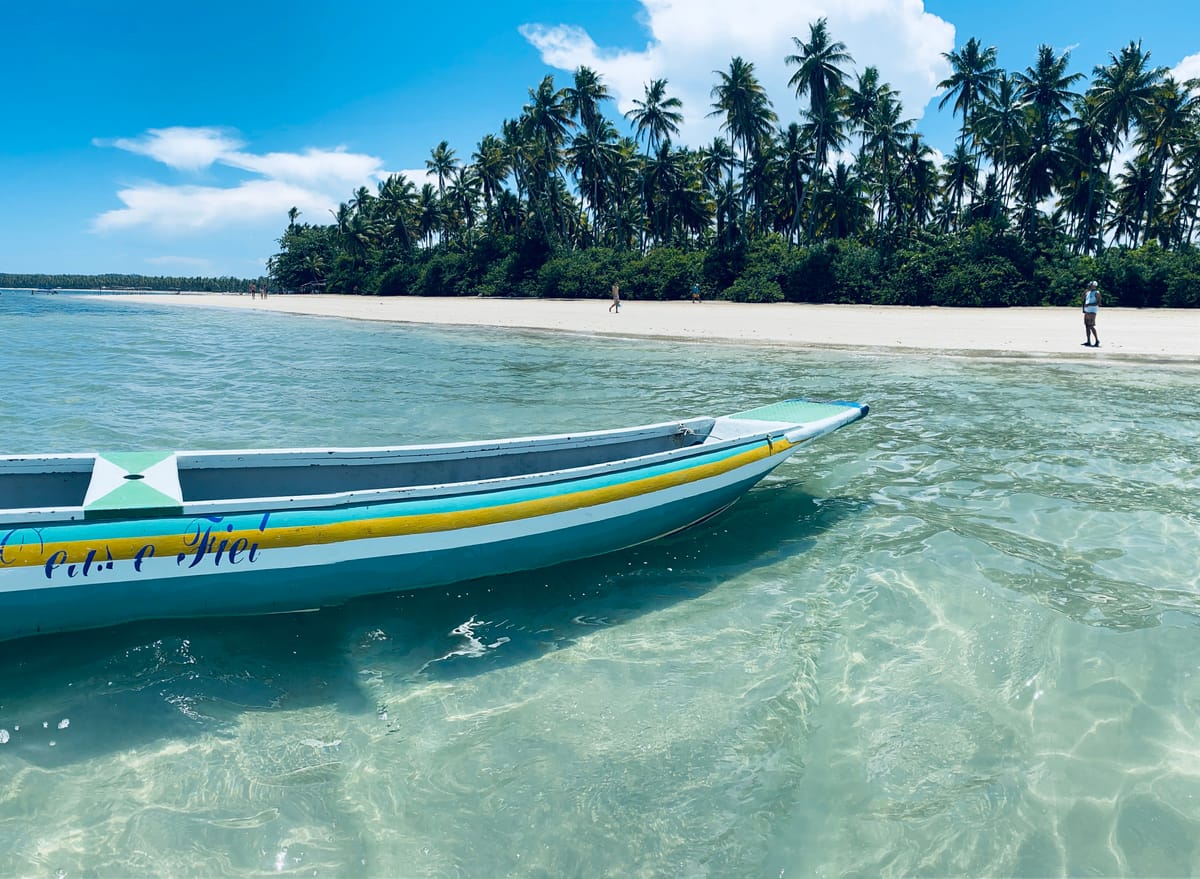
By Gray Shealy
I had spent years researching the perfect spot to getaway in Brazil, and had already visited the country more than a dozen times. But, I was craving something more – I was seeking a hideaway – something relatively affordable, but more-so, off the beaten path, undiscovered, private. All of these things amounted to a certain type of luxury that money just didn’t provide. I was on a search for paradise, and I was convinced that I’d find it one day.
My journey as a travel researcher began decades before I ever would recognize it as such. I had been through many beach towns along the coast, hopping from one hotel and inn to another. And then, when I returned home to New York, I was digging deeply through blogs and travel writings to see if I could find the elusive canary. And then one day, I did. The reviews called it “paradise.” They said the food was “better than great restaurants in New York or Paris.” The pictures showed endless beaches lined with coconut palms, and no one was on them. And the nightly rate was just over a hundred bucks. I booked the room and the ticket. I didn’t realize that the hard part was still ahead: the journey getting there.
Somewhere in between booking and departure, I met my (now) husband. We had only been dating a few weeks when I invited him to come along with me. Not just to Brazil. But to some remote island to which I had never been and didn’t know quite what to expect. Little did I know then, it would be a great test of our compatibility. (Luckily, we got married 18 months later)
Paradises have to be hidden, for they’d be spoiled if not. Mobbed by throngs of tourists decamping every inch of open space. Barricaded by herds of influencers jockeying for a selfie. By contrast, a paradise is inherently quiet, unspoilt, undiscovered (except for the local inhabitants unaware of their own treasure). Distance, isolation, and ardor are what protect paradises, and our journey was about to test those bounds.
For some reason, when flying from North America, most flight options take you to São Paulo or Rio de Janerio, pretty much on the opposite side of the country. (This is quite unlike the bounty of flights from Portugal, which take you all over the northern, closer, side of Brazil.) I needed to get to Salvador, much closer to the Equator. So we flew all the way down…just to turn around and head right back up. It’s a good 11-hour flight from New York to Rio de Janerio. I didn’t know it at the time, but we should have stopped then, gotten a hotel, enjoyed the city, and taken the next part of the journey a day or two later. But we didn’t know any better. So we connected on the next flight to Salvador, another two-and-a-half hour flight northward. By the time we landed, it was mid-afternoon. A driver was waiting for us. Through the barrel-tunnel of bamboo lining the airport road, we headed out and around the rather sizable Baía Todos os Santos, the huge harbor separating the peninsula of Salvador from the mainland. Across scrub and farms, two lane roads with potholes, rest stops with truckers pissing behind their trailers, and finally through the town of Valença, the only urbanity of size we encountered.
Nearly four hours later, it was dark, and we arrived at “Cais” or the fishing dock on the river, underneath the roadway. There was some sort of night party being held at the adjacent bar. I knew the Brazilian people love to party and are spot on about living life, but their energy and excitement seemed oddly placed against the darkness surrounding us. Lights flashing, music pumping. The wet air had a psychedelic glow. We pushed our fatigued bodies and luggage through the crowds, a bit dazed amongst the dazed. It was almost like they were dancing around us in a sacrificial manner.
We found our way to the dock, and were told to sit in a little fishing boat with our bags. Our boat driver got in – he spoke not a word of English - and we (at the time) spoke very little Portuguese. We cast adrift into the immense darkness of night, in the silence of language onboard, and the hum of a little engine behind us. There was absolutely no one nearby. No villages, no lights. Just wilderness. The moon was bright, and I could see the dense vegetation along the river banks. I would later find out that these are the great mangrove forests that define much of the ecology of this region. But, for the moment, I was concentrating on our deep excitement and looming fear of the lonely place through which we were traversing. Here we were, two gay American men, whose bodies would never be found in the expanse of this water world jungle. We didn’t talk to each other. We were trying to stay strong in each other’s eyes, but deep inside, we were nervous. We concentrated on what was above – a vast sky, where we could nearly see every beautiful star twinkling across the universe. It was sublime.
Another hour-and-a-half later, the boat washed up on a beach, whose sand was glowing in the moonlight. Twinkling lights from the island's inns were the only ones we encountered for the past 90 minutes. We had arrived – quickly ushered in the darkness of the night down a path and through a garden into our rooms. 10pm meant that the quiet isle was asleep, and soon we would be too…recovering from the 27-hour journey we had just undertaken. Ahead of us lies paradise. In the morning, we would be walking on stretches of long, white sandy beaches, where coconut palms bowed before their majesty, just like the Hallmark calendars depict. The best part? Nobody would be on them.
STAY:
Read more about staying at Boipeba’s Santa Clara in our research featuring 5 Northeast Coastal Retreats.
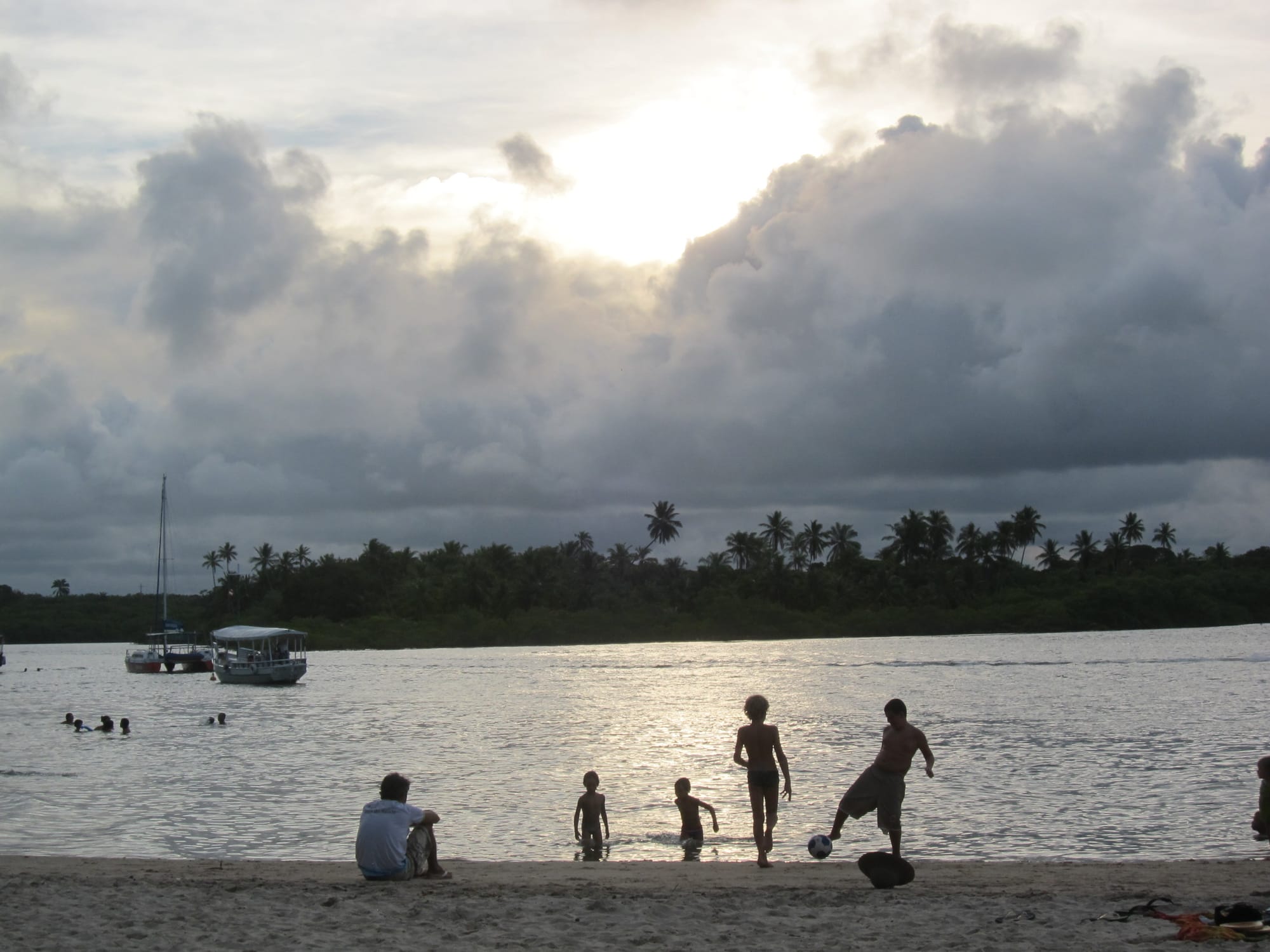
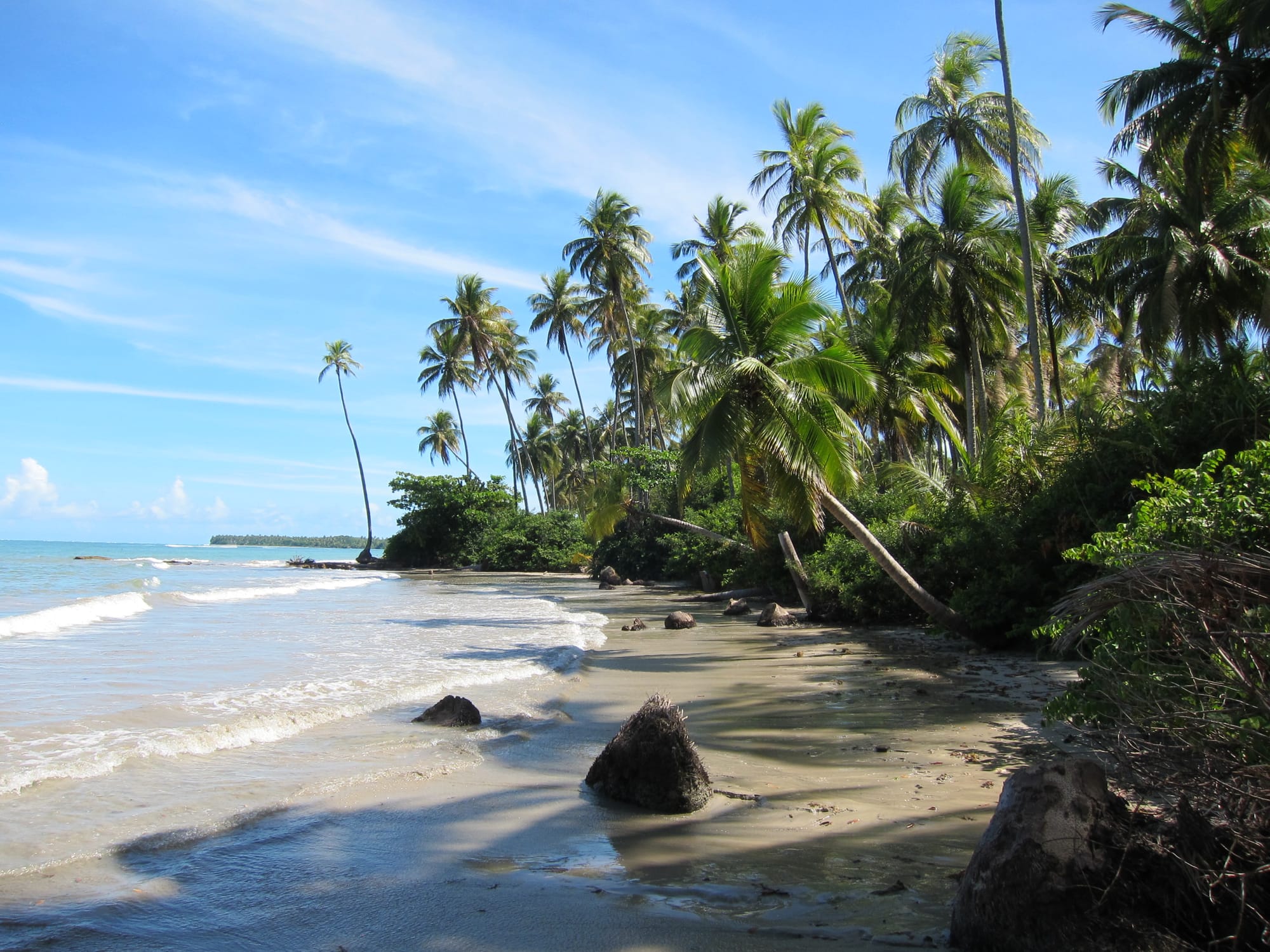
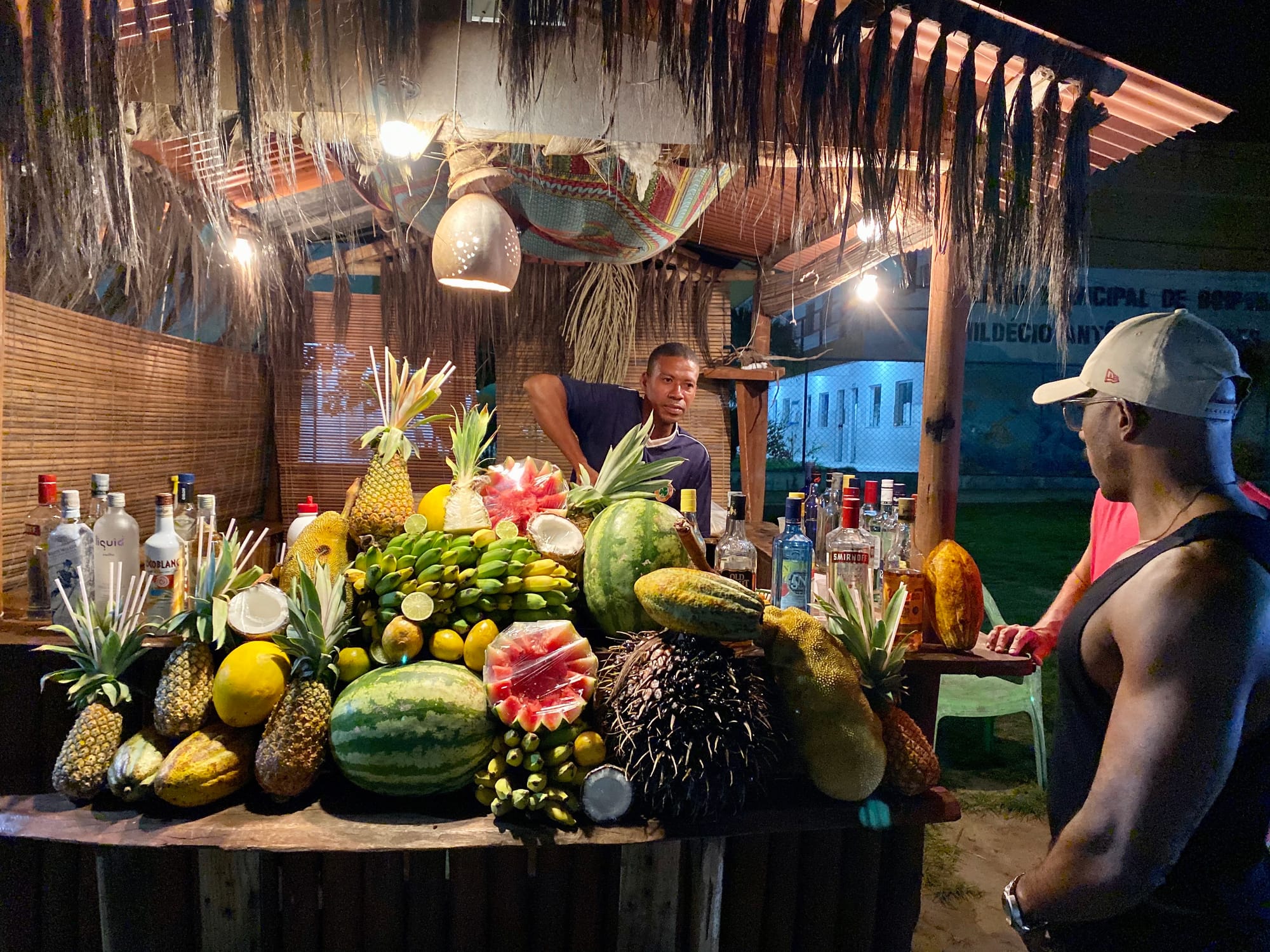
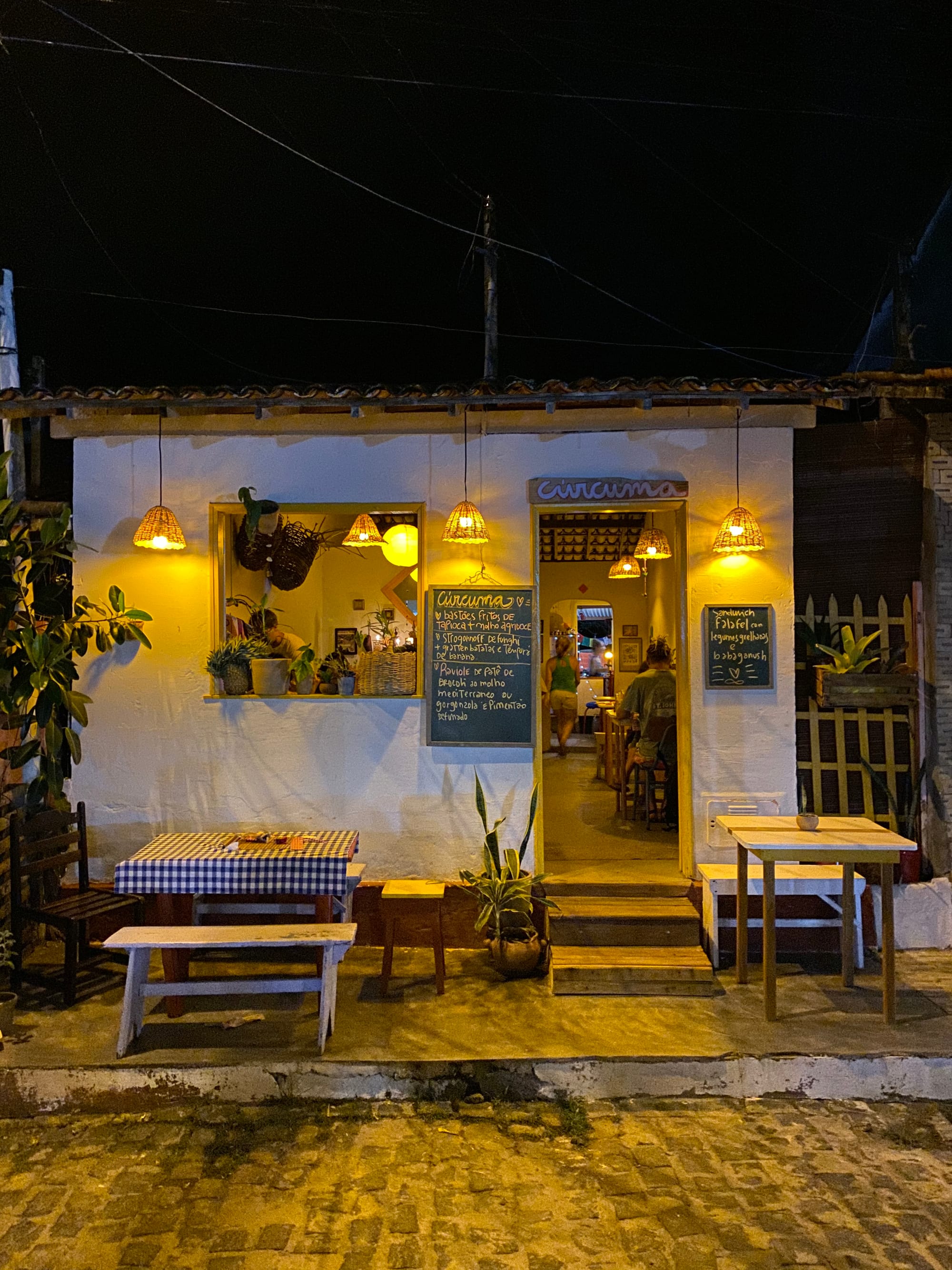

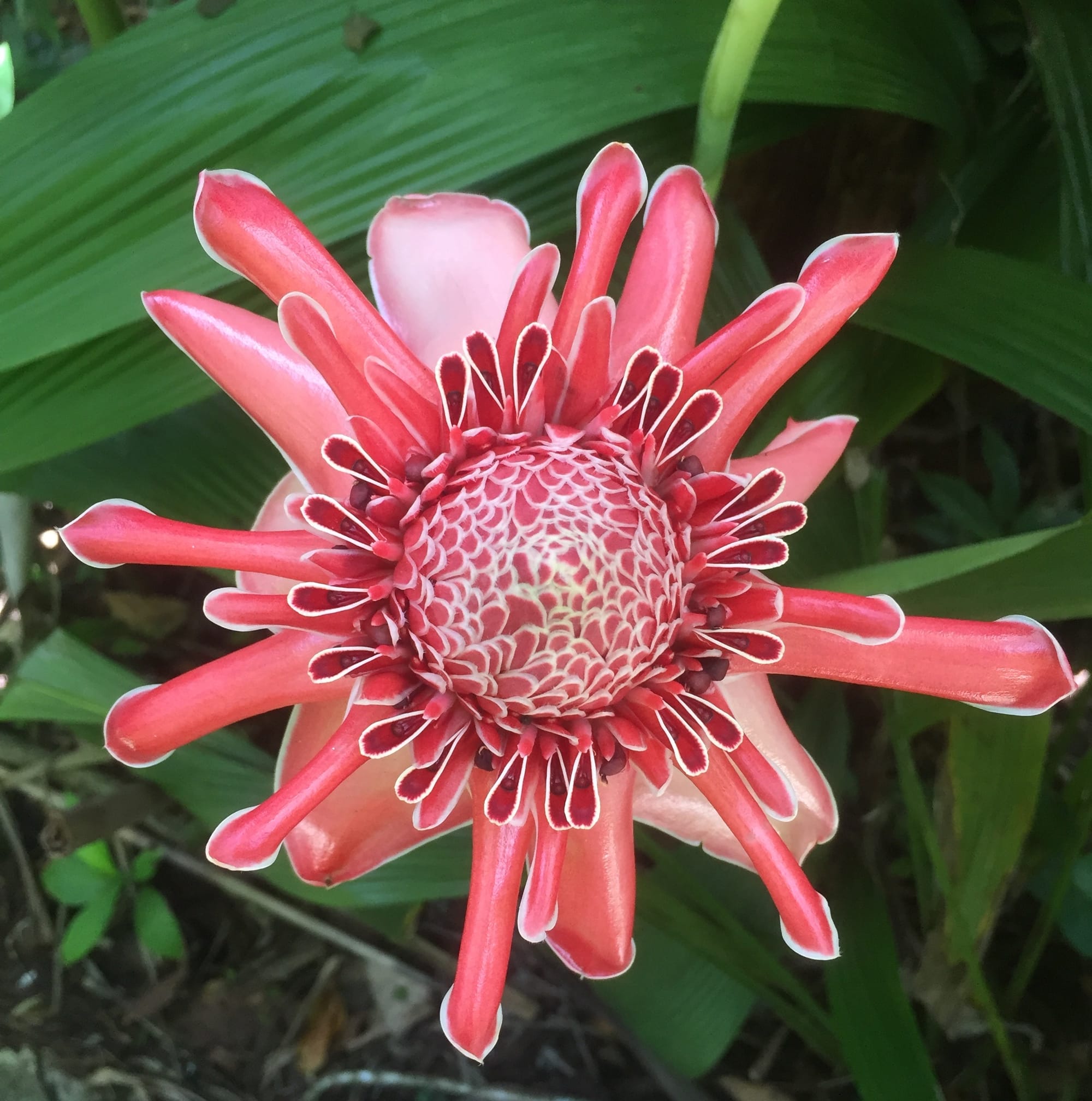
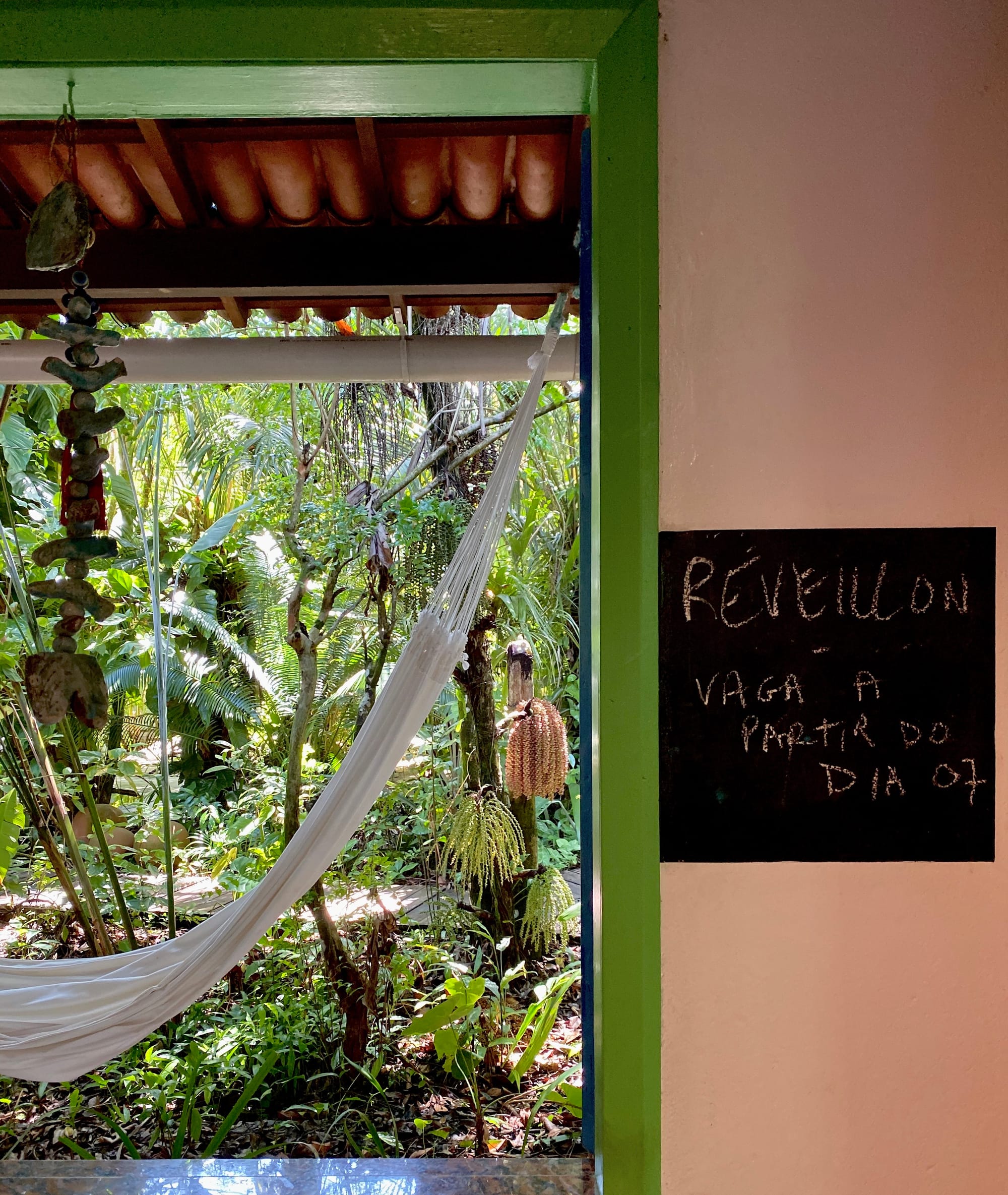
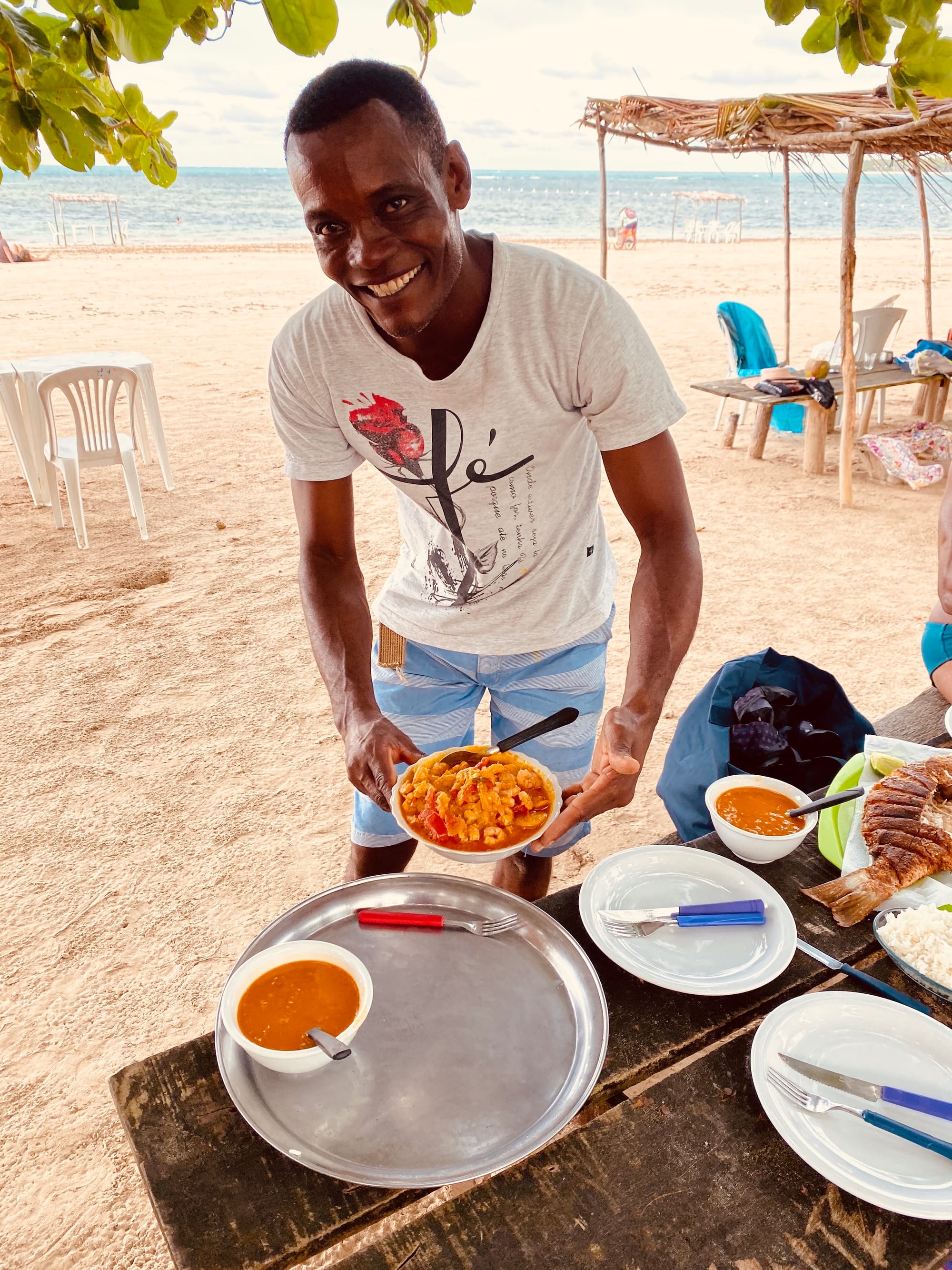
Photo Credit: Syllogi
Syllogi’s ‘On Location’ is a series of trip reports reflecting on our personal travels, as we research and experience the bounty the world has on offer.



